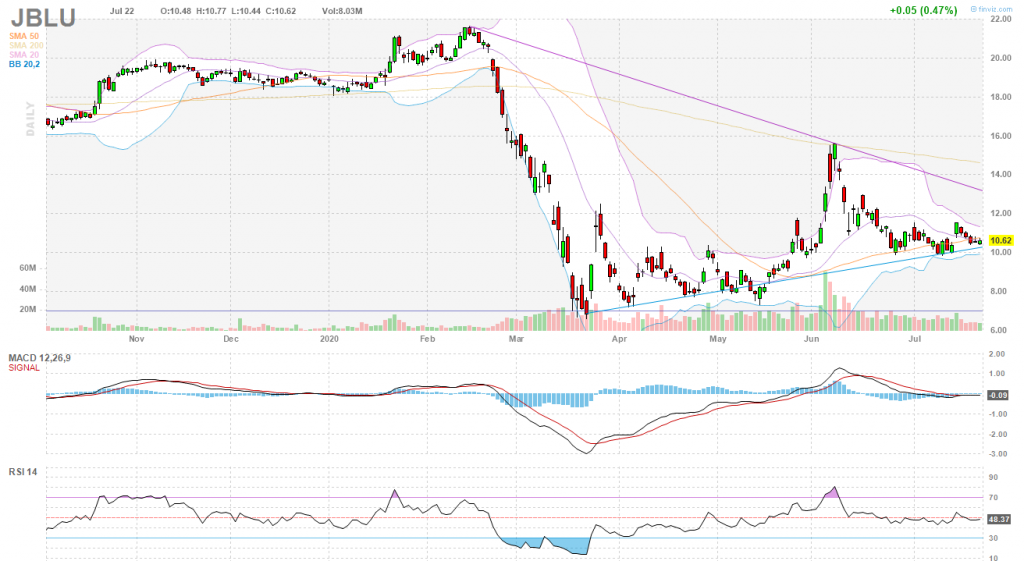Most investors have heard horror stories about buying and selling options. And they are all true! Some of those stories are when someone has placed all their investment capital into one stock and prayed that it will go up.
This isn’t investing. It’s rolling the dice at a casino. The house always comes out ahead.
Let’s face it, stocks have risk, especially if you buy and hold. But there is a way to reduce your risk and still earn a return on capital: sell put options.
You can make quite a bit of income doing this and after a while you may get the bug and not buy stocks but sell puts.
The goal is to find stocks that move sideways. This is the sweet spot for selling puts because you continue to earn premiums and may occasionally take ownership of a stock.
Research stocks to purchase
First and foremost, you will do the same as you would buying any stock. You must do your homework and determine why the stock is a good asset to own.
Because your cousin says that he has a tip or your boss owns it isn’t a good enough reason. Once you have done your due diligence you can sell-to-open the put.
This is also called a “cash covered” put because your broker will set aside the cash needed to buy the stock if the strike (the stock’s price) is in-the-money (ITM).
If the option expires ITM you will be required to purchase 100 shares for every contract you sell. At the close at expiration, you will be assigned the stock at the closing price.
You have now purchased the stock you wanted anyway but at a discount. Your cost basis is the stock price minus the amount you received from the premium.
If the stock continues to rise and the option expires out-of-the-money (OTM), then you will keep the premium no matter what happens to the strike price.
Then, you will be able to sell another put for the next week or month to earn even more income. Sometimes, you can do this for several weeks or months in a row, lowering your cost basis every time you sell.
If the strike price falls dramatically, you can take one of two actions:
You can let the put be assigned to you or buy-to-close (BTC). If you BTC there will be a cost to you the amount of the current premium.
You won’t lose any more than if you owned the stock outright. But, if you don’t BTC then you can let the options expire and be assigned. This can be an advantageous alternative depending on how far ITM it is.
You can turn around and sell a call on those very same stocks. This allows you to gain more premiums and if it continues to go down, you can reduce your cost basis in the process. The next month you can sell another call to gain even more premiums.

JetBlue put example
An example of what to do if you are ITM and being assigned would be if you sold two JetBlue (JBLU) $16 7/17 puts about 30 days out when the stock was trending up in mid-June.
It was below $16.00 but then it fell 25% to $12.00. This wouldn’t be a problem because the put had sold for $4.68 per share due to implied volatility (IV) being elevated.
Not only was this an increase of capital of $934 (because of commissions and fees), but the cost basis was $11.32.
After assignment, you sold two JBLU $12 8/21 Calls for $0.79, which is OTM and the underlying has moved slightly lower. You can continue until the price increases and your shares are assigned.


